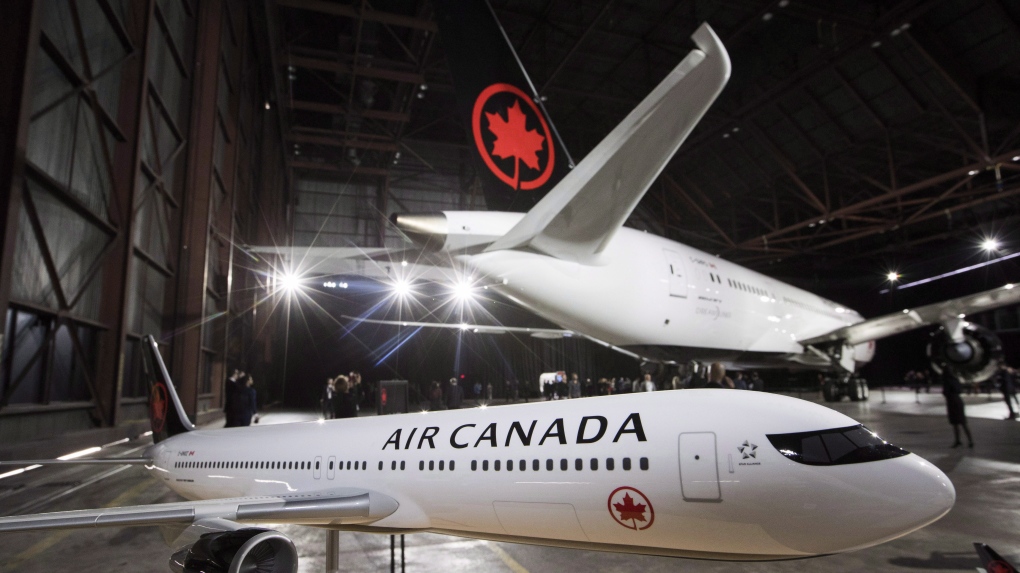
(NewsNation) — A former Boeing employee says it’s apparent there was a “major quality control breakdown” that led to a panel blowing off an Alaska Airlines plane last month.
A preliminary report released by the National Transportation Safety Board on Tuesday indicates bolts meant to secure the panel to the Boeing 737 Max 9’s fuselage were missing before the panel blew off. Without the bolts, nothing prevented the panel from sliding upward and detaching from “stop pads” that secured it to the airframe.
“These kinds of things should never happen,” Ed Pierson, a former senior manager at Boeing, said Tuesday on “CUOMO.”
Boeing has been plagued with a series of quality control issues dating back years, coinciding with the launch of its 737 Max series. Problems began when two of the Max aircraft crashed in Indonesia and Ethiopia in 2018 and 2019, months apart from each other.
An investigation revealed Boeing had installed a new software system in the Max airplanes, yet told airlines that pilots wouldn’t need extensive new training because the planes were largely similar to the previous generation of 737. However, pilots didn’t know about the new software that was responsible for the two crashes.
Fast forward five years, and Boeing is still facing scrutiny from federal regulators over the production of their aircraft, including their larger 787 series planes.
“This isn’t the first time we’ve seen lots of production quality breakdowns,” Pierson said. “I saw them when I worked at the factory, and we’ve been tracking them ever since the last few years.”
Released Tuesday, the NTSB report does not determine the cause of the blowout, but it does reveal key facts about what happened.
Photo documentation from Boeing shows that bolts meant to hold the door plug in place were missing and rivets were damaged.
“Overall, the observed damage patterns and absence of contact damage or deformation around holes associated with the vertical movement arrestor bolts and upper guide track bolts in the upper guide fittings, hinge fittings and recovered aft lower hinge guide fitting indicate that the four bolts that prevent upward movement of the MED plug were missing before the MED plug moved upward off the stop pads,” the report said.
Boeing said in a statement it will review the NTSB’s findings “expeditiously,” and will cooperate fully with the agency and the Federal Aviation Administration.
Alan Diehl, a former Federal Aviation Administration official, suggested the FAA send an influx of regulators to Boeing’s plant in Washington to oversee fixes. He also advocated for a re-tightening of the agency’s oversight of Boeing.
“We have to change it, but we’re gonna have to examine this whole business of delegation,” Diehl said. “This … began many years ago, but it really intensified when the lobbyists got in Congress and they convinced people that Boeing and the engine manufacturers, etc., can self-regulate.”
FAA Administrator Mike Whitaker has said the administration will not grant any production expansions of the Max aircraft until it is “satisfied that the quality control issues uncovered during this process are resolved.”
Whitaker, speaking in front of a House subcommittee Tuesday, said the FAA is halfway through a six-week audit that includes placing “about two dozen” inspectors in Boeing’s 737 plant in Renton, Washington, and “maybe half a dozen” at a Wichita, Kansas, plant where supplier Spirit AeroSystems makes the fuselages for 737s.






